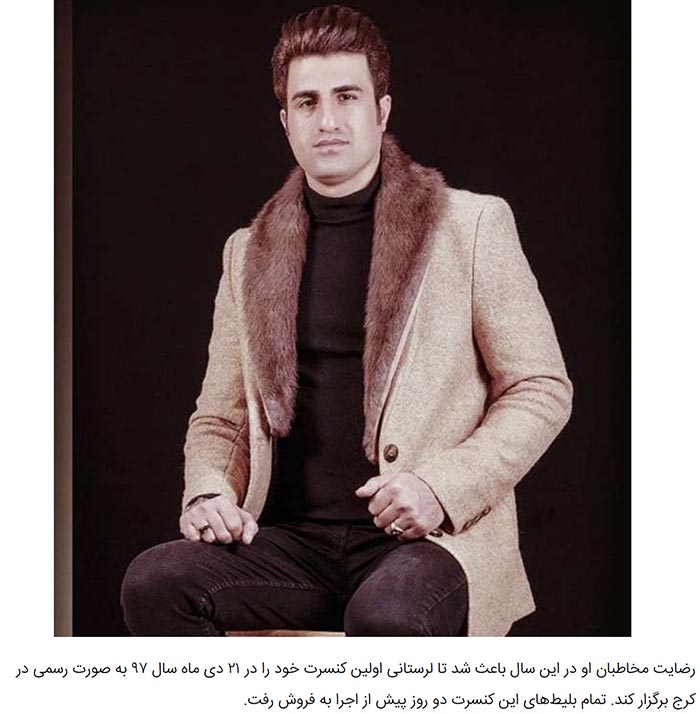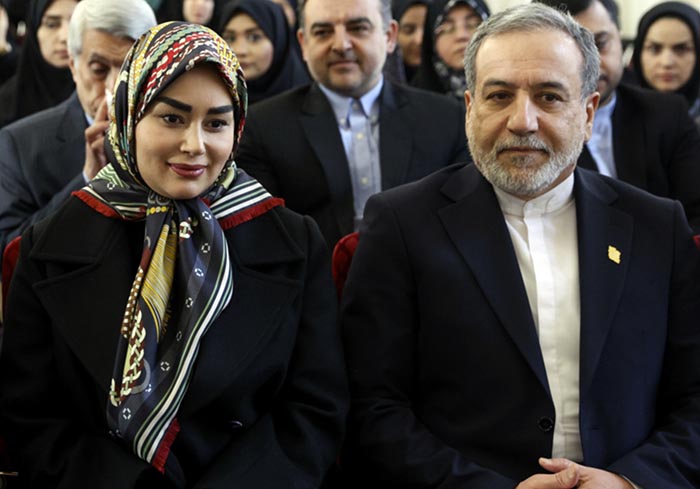Mohsen Lorestani: A Journey Through Fame, Controversy, and Redemption in Music
The Cultural Significance of Mohsen Lorestani’s Music
Mohsen Lorestani’s music, particularly the folk genre, plays an essential role in preserving and promoting the rich cultural heritage of Iranian ethnic groups, including Kurds, Lors, and Bakhtiaris. His songs often reflect the struggles, joys, and traditions of these communities, resonating deeply with listeners who appreciate both the cultural narratives embedded in the music and the contemporary issues that often surface.
- Folk Music as a Preserver of Identity
Folk music has historically served as a vessel for storytelling within communities. Mohsen Lorestani’s command over traditional melodies, blended with modern interpretations, allows him to transmit cultural pride and identity. His songs not only entertain but also educate listeners about the folklore and history of Iranian ethnic groups. The vibrant rhythms and heartfelt lyrics in songs like “Bache Nene” evoke a sense of nostalgia and belonging, making him a pivotal figure in the revival of folk traditions in Iran. - Bridging Traditional and Modern Influences
Lorestani’s ability to merge traditional sounds with contemporary music styles helps him appeal to a broader audience, including younger generations who may feel disconnected from their cultural roots. His music serves to bridge generational gaps, fostering a shared appreciation for Iranian heritage among diverse demographic groups. - Social Commentary Through Music
Beyond cultural celebration, Mohsen’s songs often touch on pressing social issues, making him a voice for change. From discussions of love and heartbreak to musings on societal challenges, his lyrics often reflect the lived experiences of many. By infusing his narratives with socio-political commentary, Lorestani invites listeners to engage critically with their surroundings, encouraging dialogue on issues that matter to them.





